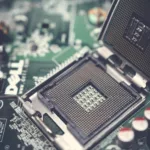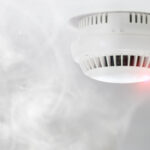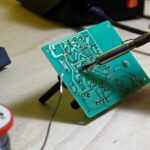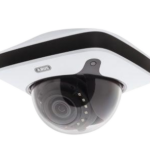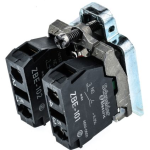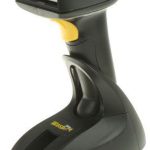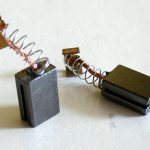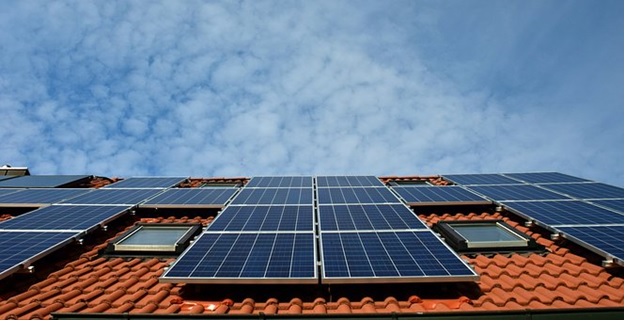
The sun as an energy source
The sun is arguably the most plentiful source of energy available to mankind. Harvesting of solar energy has risen by 50% in the past year alone making it the fastest growing energy source surpassing fossil fuels. Despite the potential and rapid growth of utilization of solar energy, many people still do not understand how solar systems convert the light and heat from the sun into usable energy. Well, we are here to demystify this rather mysterious topic.
Components that make up a solar power system
The solar system is made up of three main components;
- Solar panels
- Inverters
- Net metering
Solar panels
Solar panels are made up of solar cells also known as photovoltaic cells. Photovoltaic cells convert the sun’s energy into electricity. Photovoltaic cells are made of two strips of silicon, the n-type which has an extra electron and the p-type that is missing an electron. The two are sandwiched to form the photovoltaic cell. When photons hit the n-type strip, it releases the extra electron which then flows to the p-type strip. This flow results in electrical current (DC) which can then be converted to AC and used to power electronic components. Multiple photovoltaic cells and covered with a glass to produce the solar panels we see on rooftops today.
There are a couple of factors that affect the amount of power generated by solar panels. They include;
- Shade– When shaded, solar panels do not produce the same amount of energy as it would when exposed to direct sunlight. If the roof of your building is surrounded by trees or structures that create a shade then solar is not the best solution for you.
- Seasonality– The production of solar panels varies month to month based on the weather. During winter, you would expect the production to be low compared to summer.
- Tilt– The location and the direction that your house is facing also affects production. In ideal circumstances, the solar panels should be set at a certain angle as the latitude where they are mounted. Pitches between 30-45 degrees usually work well in many cases.
- Azimuth– The angle from where the sunlight is coming from also matters. At noon the sunbeams from the south in the Northern hemisphere. In the southern hemisphere, it beams from the North. A wrong azimuth angle could tremendously reduce the energy output of the solar panels by a substantial margin.
You May Also Like This :”INTERNET OF THINGS TO BE POWERED BY ENERGY HARVESTING DEVICES”
Inverter
The inverter is often placed as close to modules as possible. In a residential setup, the inverter is often placed outside the house near the mains panel because inverters make some slight noise which could cause a nuisance to the occupants if placed inside the building. An inverter turns the DC generated by the photovoltaic cells to 120-volt AC which can then be put to use in running electronic equipment.
The net meter
The net meter is only required when where there is the utility grid. The DC power from the solar panel is converted to 120/240-volt AC power which is then fed directly utility power distribution of the building. The power from both sources is net metered meaning the demand for power from the utility when solar panels are generating power. The moment you produce more electricity than you consume the utility meter turns backward. The balance of power passes through the electrical panel to the to the national grid.









